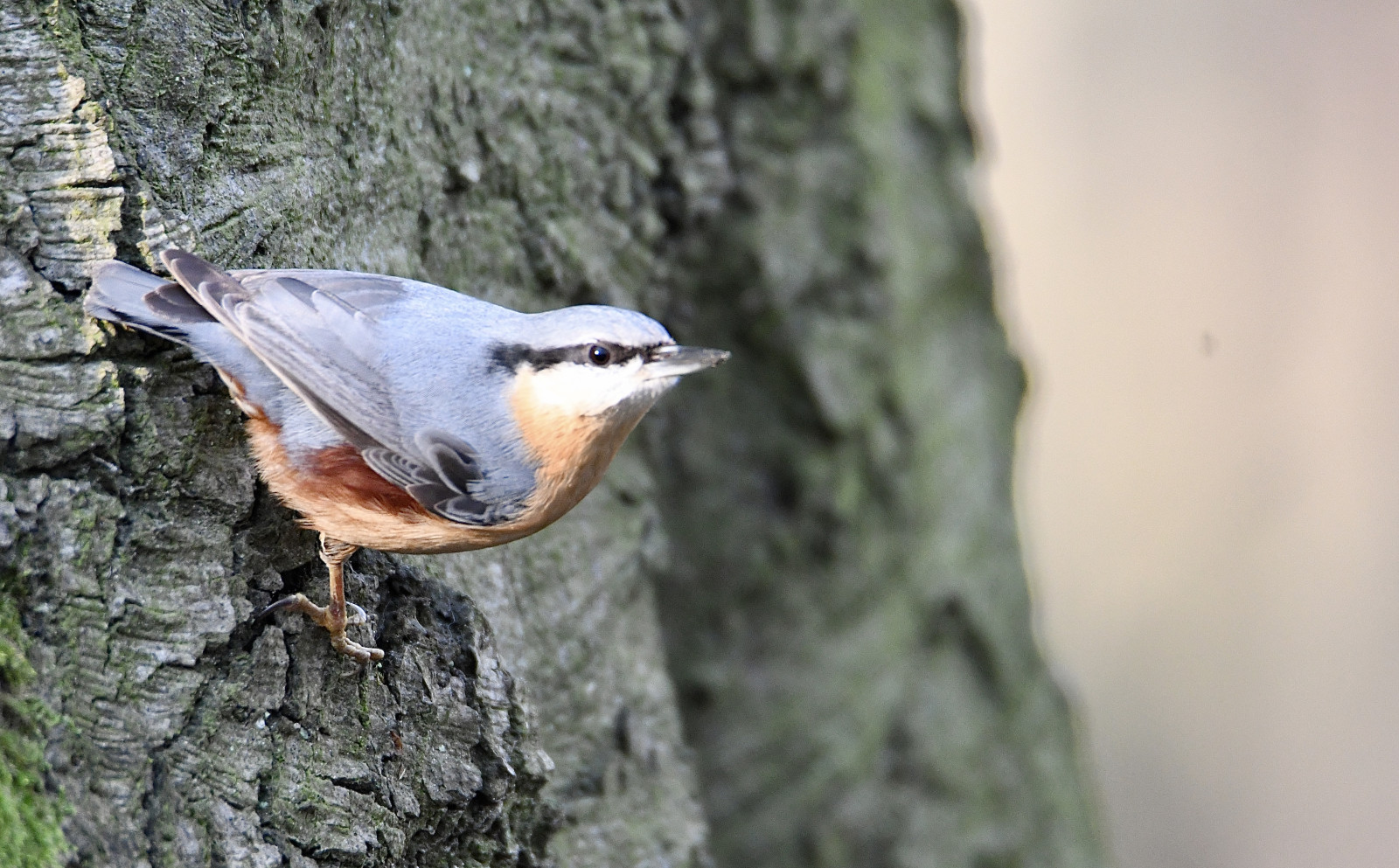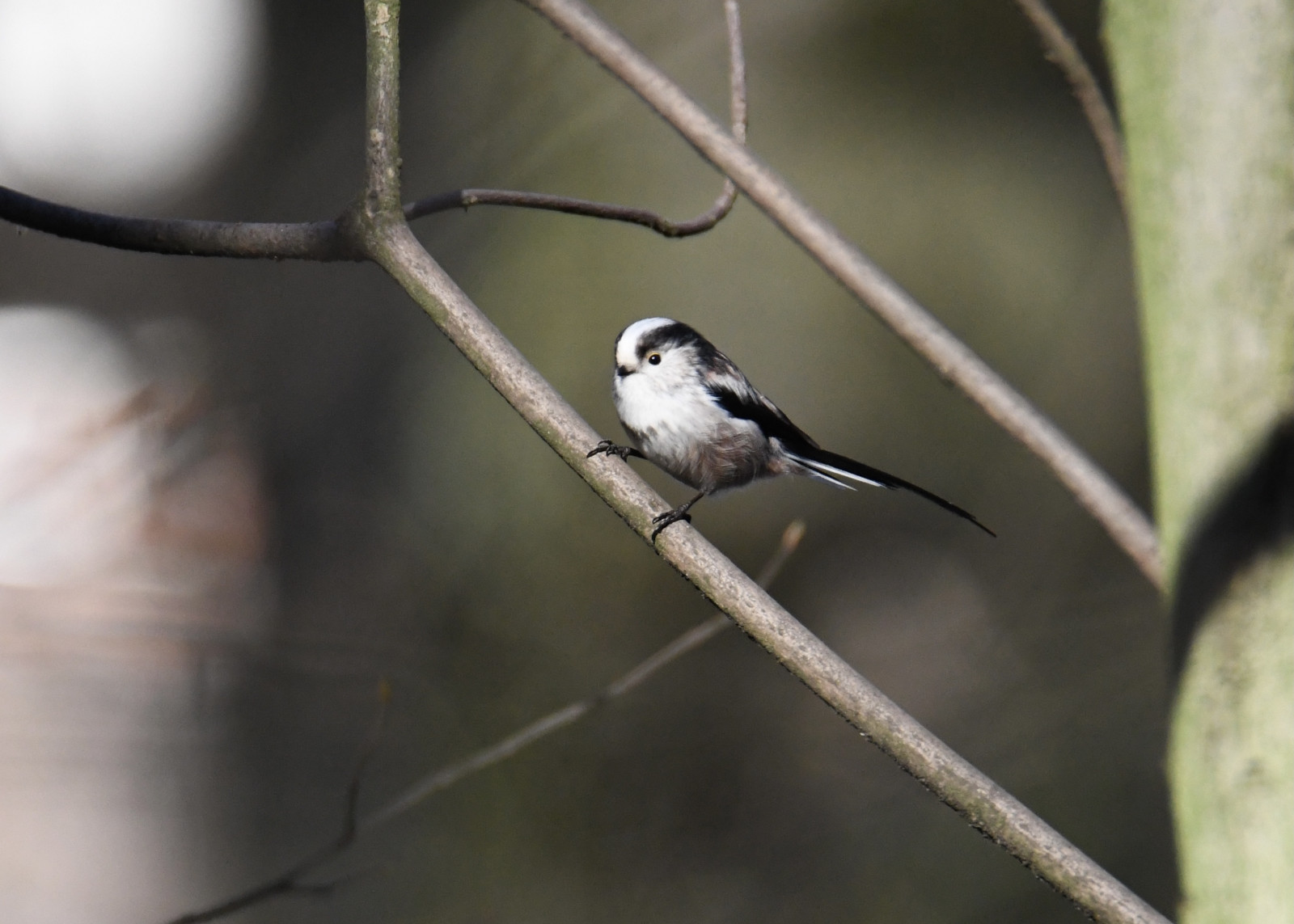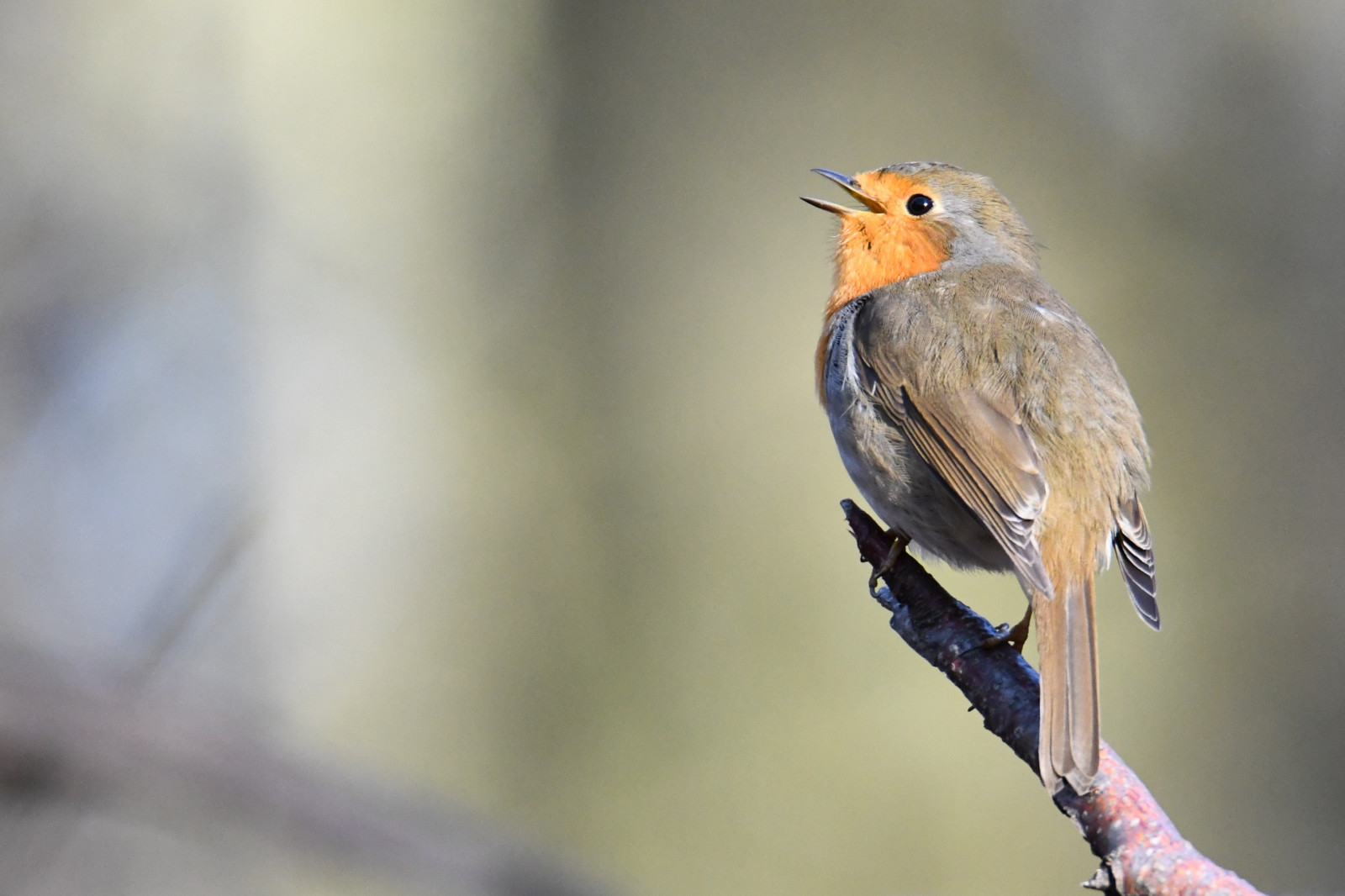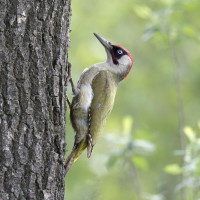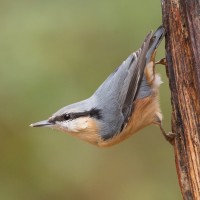Description
Parc Brugmann offers opportunities to see garden and forest birds up close, because they are accustomed to the frequent passage of people in the park. You can see tits as Marsh Tit, Eurasian Blue Tit, Great Tit and Long-tailed Tit. At the level of woodpeckers and birds related to tree trunks, you can observe Great Spotted Woodpecker, Eurasian Green Woodpecker, Eurasian Nuthatch and Short-toed Treecreeper. Of course Blackbird, European Robin, Dunnock, Wren, Carrion Crow, Magpie, Eurasian Jay, Common Wood Pigeon and Common Chaffinch. When it comes to raptors, the Common Buzzard is present all year round in the park and the Sparrowhawk occasionally flies by.
_________________________
Français: Le parc Brugmann est un petit bois de hêtres majoritairement entouré de grands appartements qui abrite une faune (et flore) étonnante pour être en plein ville ! Ce petit parc offre des opportunités de voir des oiseaux de jardins et forêts d'assez près, car ceux ci sont abitués au passage fréquent des gens dans le parc mais qui ne font pas attention a eux. On pourra voir ici des mésanges comme la Marsh Tit, la Eurasian Blue Tit, la Great Tit et la Long-tailed Tit. Au niveau des pics et oiseaux relationnés au tronc d'arbres on pourra observer le Great Spotted Woodpecker, le Eurasian Green Woodpecker, la Eurasian Nuthatch et le Short-toed Treecreeper. Bien sur le Blackbird, le European Robin, l' Dunnock, le Wren, la Carrion Crow, la Magpie, le Eurasian Jay, le Common Wood Pigeon et le Common Chaffinch. Quand a les rapaces, la Common Buzzard est présente toute l'année dans le parc est occasionellement l' Sparrowhawk passe en vol.
Details
Access
Parking spaces are rare but you can always try these places: Avenue de Messidor at the entrance to the park, on Avenue Bourgmestre Jean Herinckx, and on Avenue Adolph Dupuich. If not, tram 7 is the main public transport to reach the site (get off at the Churchill stop and take Avenue Messidor until you see the park entrance on your left).
_________________________
Français: Les places pour se garer sont rares mais vous pouvez toujours essayer a ces endroits: Avenue de Messidor au niveau de l'entrée du parc, sur l'avenue Bourgmestre Jean Herinckx, et sur l'avenue Adolph Dupuich. Au si non le tram 7 est le principal transport en commun pour rejoindre le site (descendez à l'arret Churchill et prenez l'avenue Messidor jusqu'a voir l'entrée du parc sur votre gauche).
Terrain and Habitat
ForestConditions
HillyCircular trail
YesIs a telescope useful?
Can be usefulGood birding season
All year roundBest time to visit
SpringRoute
Narrow trail , Wide pathDifficulty walking trail
EasyAccessible by
FootBirdwatching hide / platform
NoExtra info
Note that in spring and summer you can see in addition to the species mentioned above, the Common Chiffchaff and the Blackcap. The Stock Dove very surely nests on the site because it is very often observed. The Goldcrest and Firecrest are very often seen at the site, and Greenfinch can be heard singing in the trees towards the end of winter.
In winter, the Redwing can be seen by searching for food on the ground. You'll probably catch a small group of Common Chaffinch looking for food on the ground too. The passage of Eurasian Siskin above the park is more or less common during the winter, but these do not land in the woods. Finally, if you find an open area to see the sky, you can see passing over our heads in migration (March-April and September-November) Meadow Pipit, the Great Egret, groups of Eurasian Siskin or the Eurasian Skylark.
_________________________
Français: A noter que au printemps et en été on sait voir en plus des espèces cités précédement, le Common Chiffchaff et la Blackcap. Le Stock Dove niche très surement sur le site car est très souvent observé. Le Goldcrest et le Firecrest sont trés souvent observés sur le site, et le Greenfinch peut être entendu en train de chanter au dans les arbres vers la sortie de l'hiver.
A l'hiver on saura voir la Redwing en recherchant de la nourriture au sol ou dans le lierre dans les arbres. Vous surprendrez surement un petit groupe de Common Chaffinch recherchant de la nourriture au sol aussi. Le passage de tarin des aulnes au dessus du parc est plus au moins courant pendant l'hiver, mais ceux ci se posent pas dans le bois. Finallement si vous trouvez une zone ouverte pour voir le ciel, on pourra voir passer au dessus de nos têtes en migration (mars-avril et septembre-novembre) des Meadow Pipit, la Great Egret, des groupes de Eurasian Siskin ou l' Eurasian Skylark.
